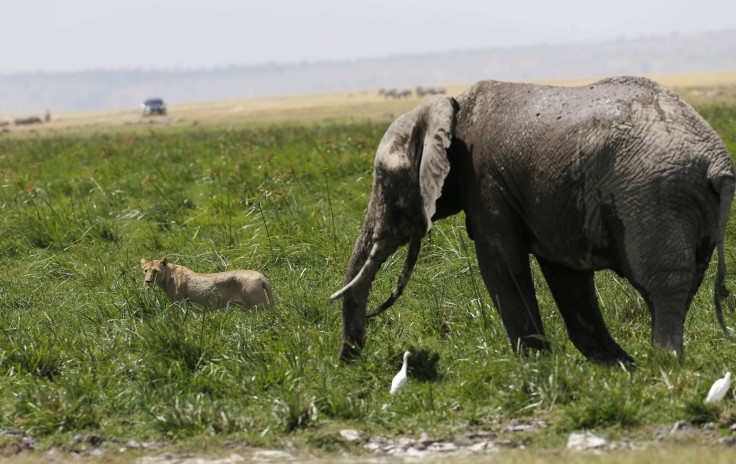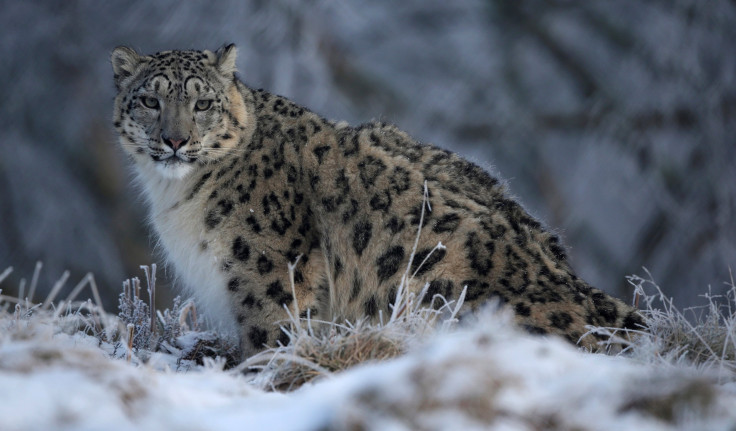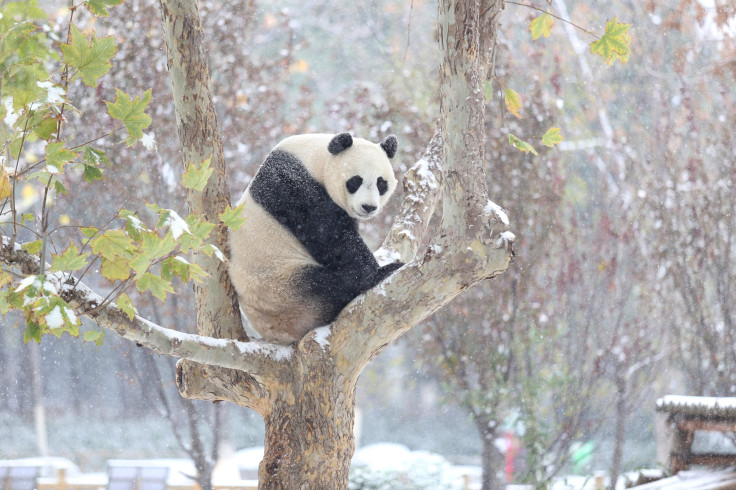World Wildlife Population Could Fall By 67% From 1970 To 2020: Report

Wildlife populations around the world are 58 percent less now than they were in 1970, and using that benchmark, given current trends, Earth could lose two-thirds of its wildlife populations by 2020, a report released by WWF International has warned.
The report, titled “Living Planet Report 2016: Risk and resilience in a new era” and prepared in collaboration with the Zoological Society of London and the Global Footprint Network, is heavy on the influence of humans on the planet we inhabit with other species. Scientists have already said we are living in a new geological epoch characterized by the impact humans have had on Earth — the Anthropocene.
“For decades scientists have been warning that human actions are pushing life on our shared planet toward a sixth mass extinction. Evidence in this year’s Living Planet Report supports this,” Marco Lambertini, director general of WWF International, said in introductory remarks to the report.
In his opening notes to the report, Johan Rockström, executive director of the Stockholm Resilience Center, said about its contents: “The conclusion is stark: the planetary stability our species has enjoyed for 11,700 years, that has allowed civilization to flourish, can no longer be relied upon.”

During the 42-year period the report analyzes data for, freshwater species seem to be the worst-hit, with a massive 81 percent decline. Marine life did significantly better (in comparison, and only if a reduction in populations can be called “better” at all) with a decline of 36 percent. Terrestrial populations were slightly worse off, with a 38 percent decline across all monitored populations.
With a projection of about 67 percent of all of the planet’s wildlife populations gone in the 50 years since 1970, the report says “the Anthropocene might be characterized by the world’s sixth mass extinction event.” Such events of mass extinctions have typically taken place over thousands or millions of years.
“The Anthropocene shifts our world on its axis. This single word encapsulates the fact that human activity now affects Earth’s life support system. … The dominant worldview of infinite natural resources, of externalities and exponential growth, is at an end. We are no longer a small world on a big planet. We are now a big world on a small planet, where we have reached a saturation point. … Fifty years of exponential growth has accumulated to such an extent that we have reached Planetary Boundaries – and crashed through them,” Rockström said.
The threats that make wildlife populations vulnerable include degradation and loss of habitat; overexploitation of species through harvesting, hunting or poaching; pollution that affects both the living environment for animals as well as food availability and reproductive capability; introduction of invasive species and pathogens; and climate change, which changes temperatures too rapidly for animals to evolve to keep up.

But all is not doom and gloom.
Lambertini points out in his remarks that the definitive science supporting a changing environment and the impact felt by humans as a result of the changes to the planet are important factors that could help transition human development to be more sustainable.
“We are beginning to increasingly understand that a diverse, healthy, resilient and productive natural environment is the foundation for a prosperous, just and safe future for humanity. This will be crucial if we are to win the many other human development battles such as combating poverty, improving health and building economies. So, while environmental degradation continues, there are also unprecedented signs that we are beginning to embrace a “Great Transition” toward an ecologically sustainable future,” he said.
The data was based on monitoring 14,152 populations of 3,706 vertebrate species.

© Copyright IBTimes 2024. All rights reserved.




















